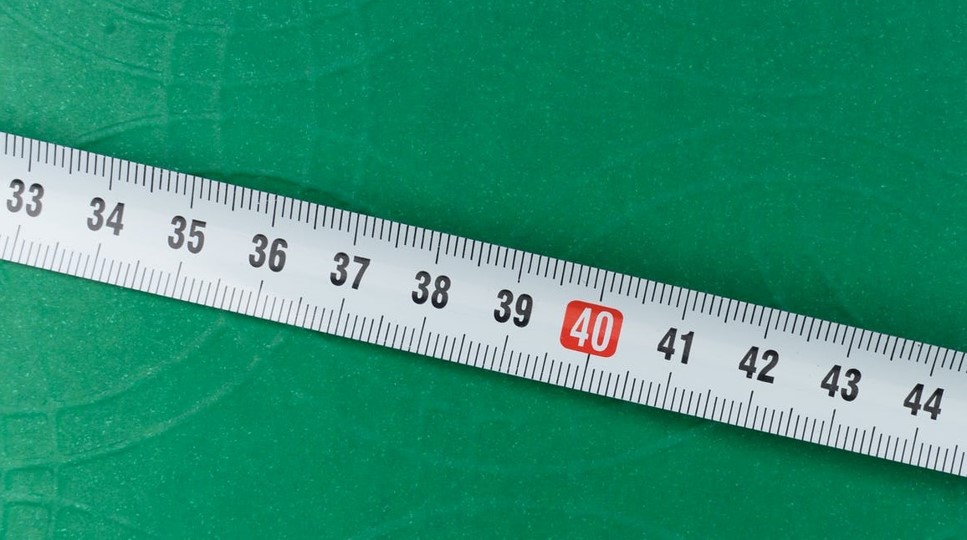
In order to gauge the relative sizes of these new screens, the screen aspect must be considered.
1 pc in cm tv#
Vizio and other US TV manufacturers have introduced even wider screens with a 21:9 aspect ratio in order to match aspect ratios used in cinemas.

A screen that is approximately the same height as a 27V would be a 32W. When the common aspect ratio went from 4:3 to 16:9, the new widescreens were labeled with a W in the US. This means that a similarly specified size of display will be larger as a flat panel display compared with a cathode ray tube display. Flat panel displays by contrast use the actual diagonal of their visible display size, thus the size is the actual size presented to the viewer in all markets. This was not misleading for the consumer as the seller had to give the actual screen size by law.

However the V terminology was frequently dropped in US advertising referring to a 27V as a 27". What was a 27V in the US could be a 28" elsewhere. In virtually all other markets, the size of the outer diameter of the tube was given. In the US, when virtually all TV tubes were 4:3, the size of the screen was given as the true screen diagonal with a V following it (this was a requirement in the US market but not elsewhere). This method continued even when cathode ray tubes were manufactured as rounded rectangles it had the advantage of being a single number specifying the size, and was not confusing when the aspect ratio was universally 4:3. Since these circular tubes were used to display rectangular images, the diagonal measurement of the visible rectangle was smaller than the diameter of the tube due to the thickness of the glass surrounding the phosphor screen (which was hidden from the viewer by the casing and bezel). Being circular, the external diameter of the bulb was used to describe their size. The method of measuring screen size by its diagonal was inherited from the method used for the first generation of CRT television, when picture tubes with circular faces were in common use. It is also sometimes called the physical image size to distinguish it from the "logical image size," which describes a screen's display resolution and is measured in pixels. The size of a screen is usually described by the length of its diagonal, which is the distance between opposite corners, usually in inches. ( February 2018) ( Learn how and when to remove this template message) Unsourced material may be challenged and removed. Please help improve this section by adding citations to reliable sources.


 0 kommentar(er)
0 kommentar(er)
